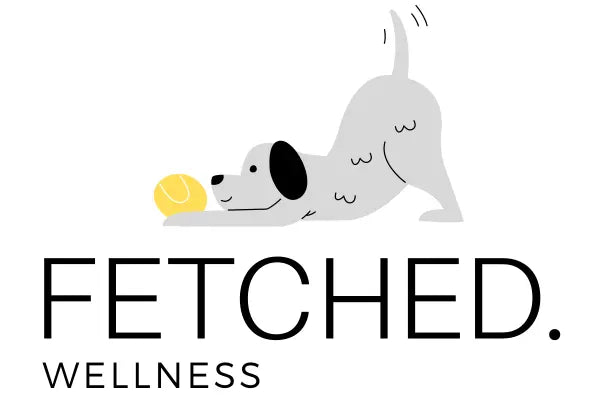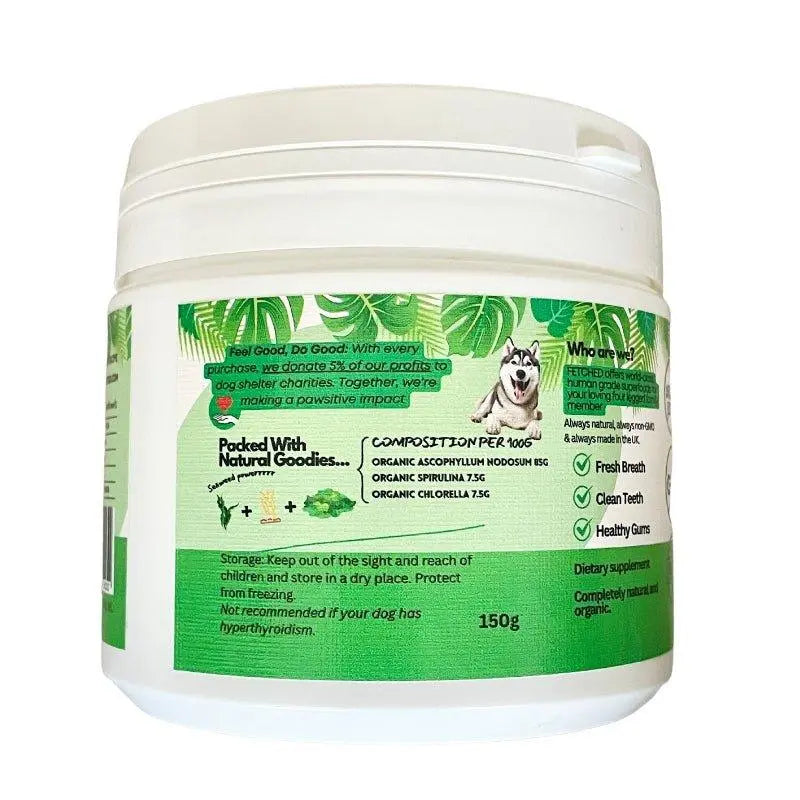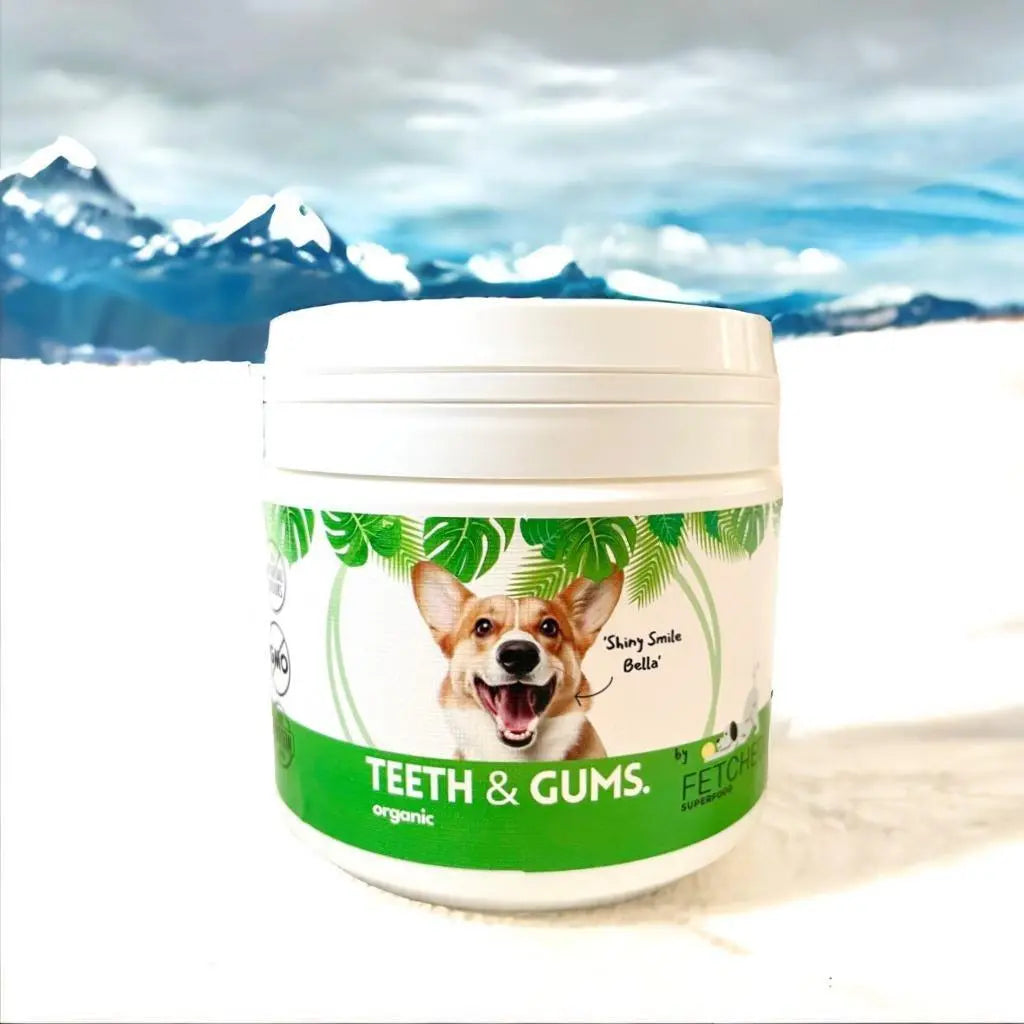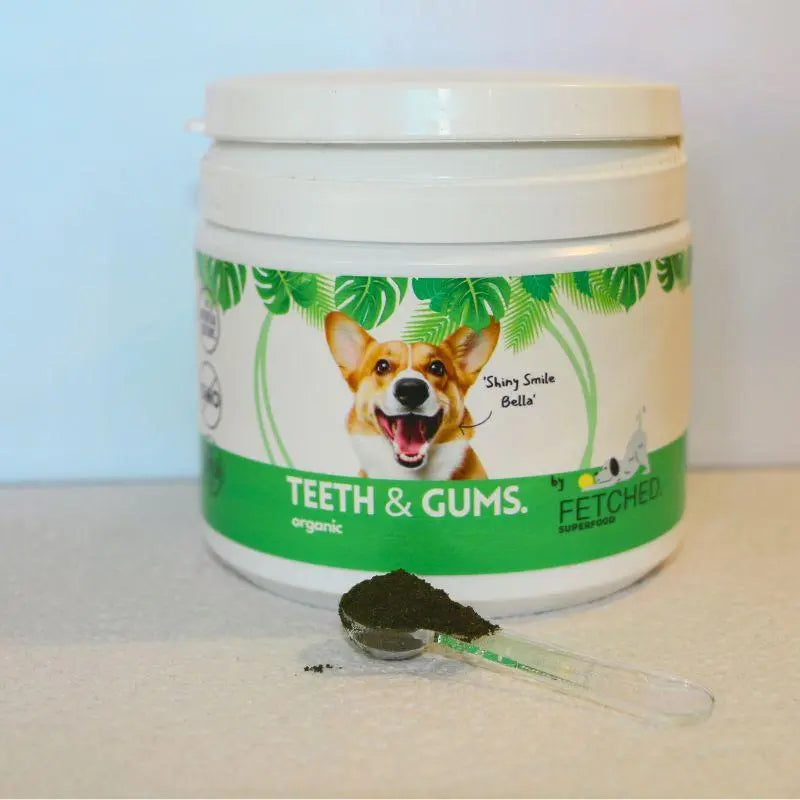I’m giving five stars although a little soon to see any real impact as yet, price reasonable, my boy doesn’t mind it and eats his food with no issues, fingers crossed it helps the old boy.
My 16 year old dog Luna has been having difficulties going out for walks, when she used to be super active. Now although she gets excited initially, this excitement didn't last long because after a few runs she would stop dropping the ball probably because of joint pains. I gave her 4 weeks of this collagen with her evening meal and it was a game changer. I genuinely couldn't believe it. Wish I had discovered it sooner. I know it's pricey so we probably won't be able to give it to her continuously but we'll try our best as it really made a difference.
I have been giving this collagen daily to Lily for the last 3 months and I can say she’s definitely been more active when taking her out for walks and in the garden. She’s just turned 12 so it probably helps with her aging joints.
I've been a recurrent buyer of this collagen for several months now and I can say that it's made a huge difference to my aging german shepherd. Helps him get out and about more.
It's been just over 3 weeks and have been adding this to my dachshund's food bowl daily. He seems to be less anxious around people now so seems to be working slightly.
A solid choice for organic dental care. The spirulina and chlorella seem to add a health boost, though the powder can be a bit clumpy so make sure you seal the container well after every use.














